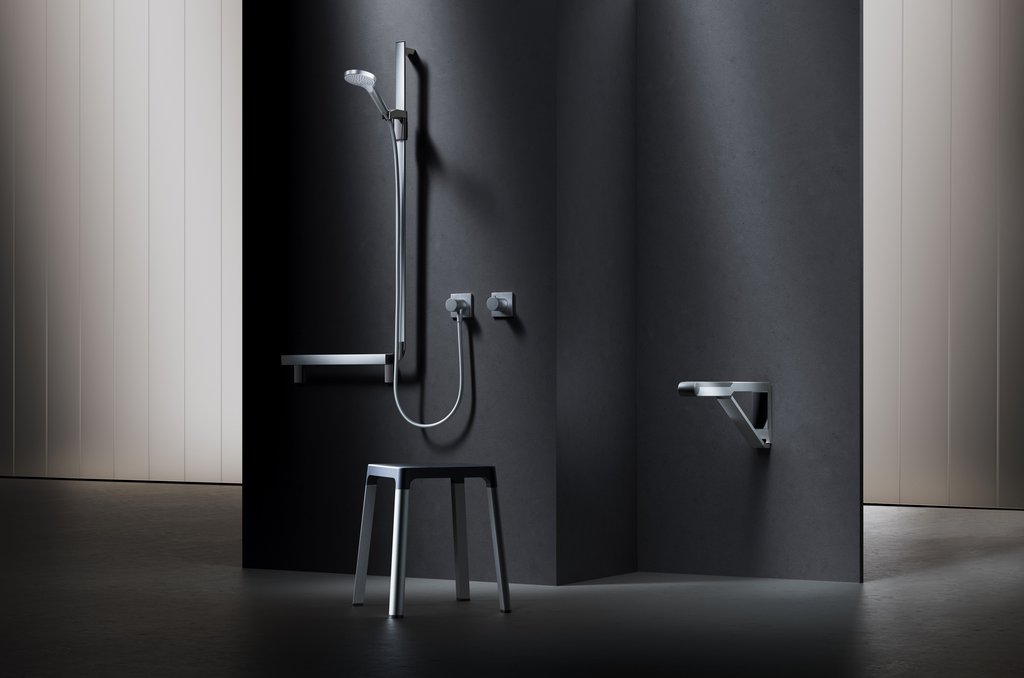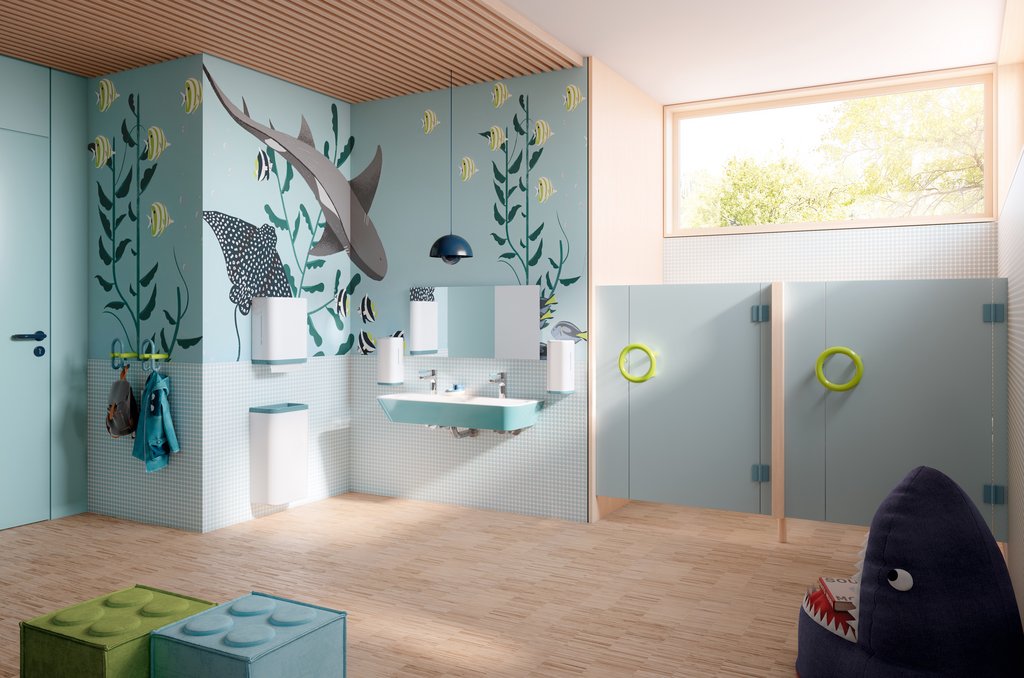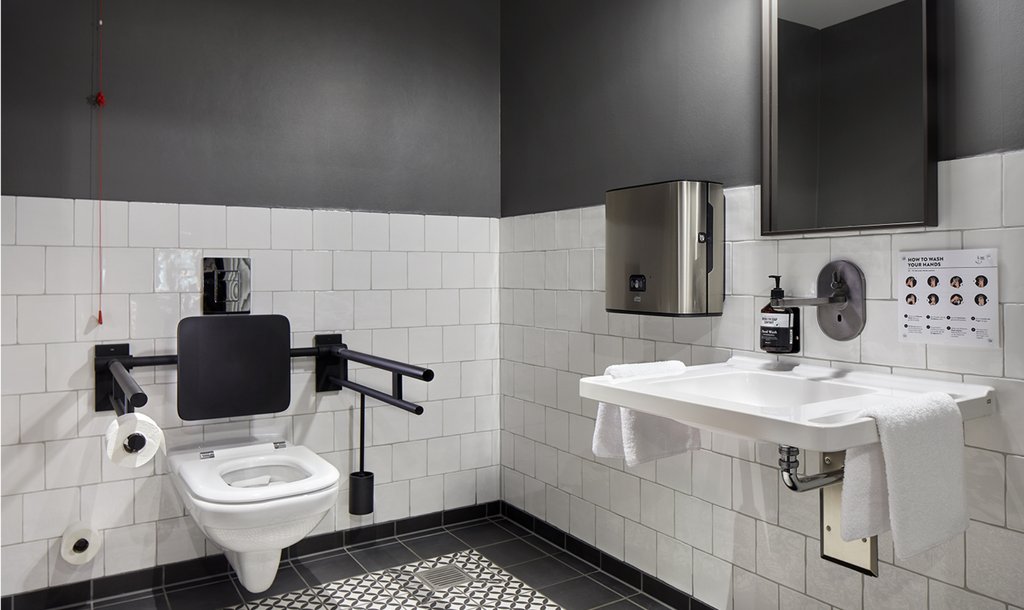With the current O.novo Vita collection, Villeroy & Boch wants to show, that this combination ist truly possible. The five-times gold medallist at the 2014 Paralympics in Sotschi, Anna Schaffelhuber, is ambassador for O.novo Vita. The 21-year old, who has been wheelchair-bound since birth, has been crazy about sport, and skiing in particular, since she was small. She has won numerous events, titles and awards in her career thus far. Furthermore, she is highly involved with issues concerning barrier-free accessibility and inclusion. In the interview Schaffelhubel will be talking about functionality and design, barrier-free accessibility in public areas and her collaboration with Villeroy & Boch.
Ms Schaffelhuber, functionality and appealing design. Isn't that a matter of course nowadays in bathrooms?
No, unfortunately not at all. Unfortunately, the design is often forgotten due to the numerous standards that barrier-free products have to meet. But as a user, these standards are not of much interest to me. The standards and specifications are certainly relevant for planners and architects, but I, as a daily user, want a great design and practical features that provide maximum convenience and freedom of movement. I must be able to feel comfortable in the bathroom.
And with O.novo Vita both is possible?
Yes. It goes without saying that the collection meets the stipulated standards, but in addition the products work in practice and also look great thanks to their modern design.
Which features do you think are particularly good?
The grips positioned at the front for pulling the wheelchair up to the bathroom sink are very convenient for me. And the raised WC, which is equipped with a cover with a grip at the edge, provides greater user convenience. It is quite evident that the O.novo Vita series was developed together with users and not just by theorists.
Why do so many people still shy away from designing their bathroom barrierfree?
For me as a wheelchair user, this question does not arise as barrier-free accessibility is a matter of course for me. However, the topic can become relevant to anyone due to an accident or old age. And if the bathroom is designed barrier-free right from the start, then there may even be no additional costs. However, in the private sector the standards often contradict the demand for covenience. I think planners and architects need to change the perspective so that the requirements of disabled people are taken into account. It would be best to start dealing with that whilst studying.
Active athletes travel a lot. What has been your experience with barrier-free accessibility in hotels?
I'm afraid there are often problems in hotels. It starts with the size of the rooms and there are also small things such as the height of the mirror, shower tap fitting, hand shower or hairdryer. And even barrier-free designs are often not consistently done. There is still a lot to do.
And in public areas?
That varies from region to region. The development level and equipment in the barrierfree sector varies from state to state.
Why a collaboration with Villeroy & Boch?
I see myself as an ambassador for barrier-free accessibility and would like to make more people aware of this issue. I am trying to help advance developments in this sector. The collaboration with Villeroy & Boch fits in very well especially because O.novo Vita immediately impressed me with its design and functions. I associate the brand with premium and tradition, but also with innovation and design.
What will your collaboration with Villeroy & Boch look like?
In summer 2014 we did a photo shoot for the O.novo Vita collection at Villeroy & Boch in Mettlach. I am in contact with the responsible product management team and will also support Villeroy & Boch as a speaker at target group workshops with, for example, architects and designers.










